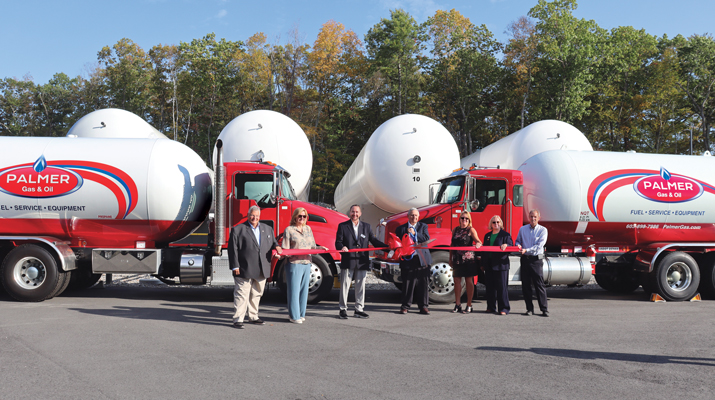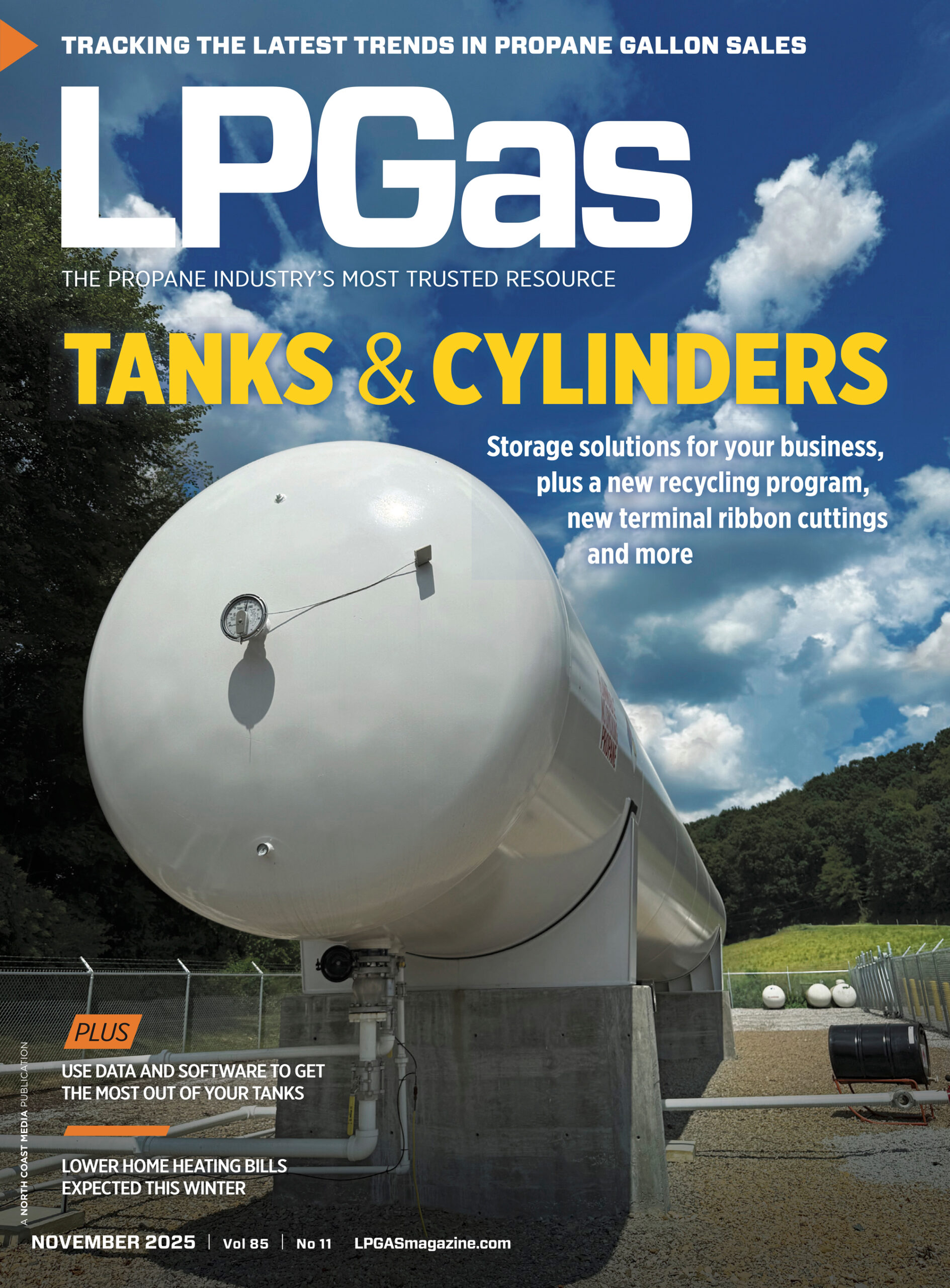Female drivers bring safety and skill to propane industry, but barriers remain
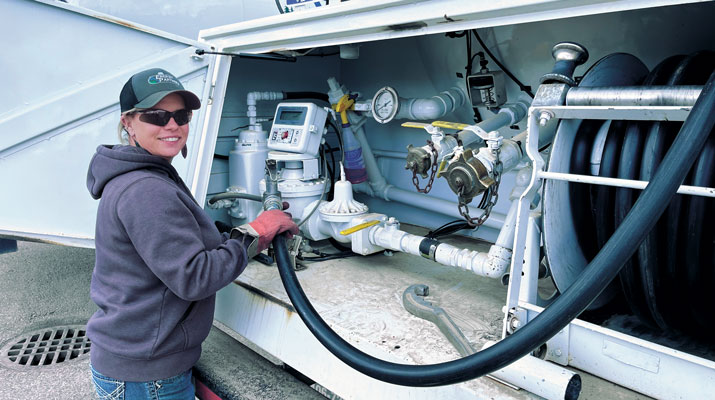
The propane industry offers drivers opportunities for flexible schedules, steady and satisfying work, and the chance to acquire in-demand skills and certifications. Still, few women join as drivers.
In 2024, a Women in Trucking Association survey found that “an average of 9.5 percent of all professional truck drivers who hold CDLs [commercial driver’s licenses] are women.” More broadly, in the long-haul trucking industry, women make up just 8 percent of all drivers, according to the American Trucking Associations.
Why is representation so low? The industry struggles to attract and recruit women to driving roles in part because of perceived and actual barriers, such as the physical nature of the job, safety issues and a lack of scheduling flexibility and accommodations. Additionally, the National Transportation Institute, which released survey findings in 2024 on the experiences of women in the trucking industry, reported that respondents said they need more work-life balance, opportunities for professional development and workplace support.
Ramping up efforts to hire more women by addressing these concerns can be part of a sound strategy to help address the national driver shortage. LP Gas spoke with several propane delivery and other truck drivers to learn more about what keeps them in their jobs, the obstacles they face and their recommendations for bringing more women aboard.
Hiring advantages
In addition to closing the driver shortage gap, advantages to opening doors to more women in trucking professions like propane delivery is that they tend to be safe drivers and reliable, hard-working employees striving to prove themselves in an industry that is predominantly male.
KellyLynn McLaughlin, professional over-the-road (OTR) driver for Clean Harbors and member of the Women in Trucking Association, points out that women tend to be very risk averse, decreasing their likelihood of being involved in a collision.
“Typically, we are caregivers at some point, and we don’t like to take risks with our lives,” she says.
A study conducted by Auburn University Harbert College of Business from 2010 to 2022 backs this up; it found that male truck drivers were “13.2 percent more likely to have a major unsafe driving violation.”
Although women comprise a minority of drivers in propane delivery and the commercial driving industry more generally, there are, of course, many standout employees among them.
Anna Taylor, human resources director for Montana-based Energy Partners Propane, hired two female propane drivers in late 2024 who have excelled in the role. (Of the company’s 70-plus employees, about 20 are drivers. Only these new hires are women.)
Renee Kelly and Katie Scott stood out because of their determination to prove themselves, Taylor says. They were new to the industry and took initiative, doing extensive research on their own time to bolster their training, and quickly earned their hazmat certification.
Both women also left impressive careers to pursue their passion for driving trucks. Kelly has experience in excavation, and Scott owned a medical clinic for 10 years.
Given the proven success of these employees, why hasn’t Energy Partners – and other companies in the industry – hired more female delivery drivers? Taylor says that not many women apply, and those who do may not have time to earn credentials, or they find that the job is not the right fit.
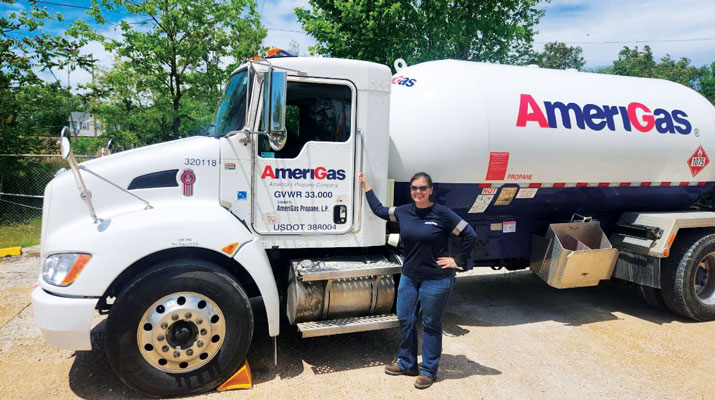
Career challenges
More generally, aspects of the trucking industry, like OTR driving, can come across as unsafe to women. McLaughlin points out that one issue with some OTR training is a lack of onboarding regulations.
She cites sleeping arrangements as a key example. While many carriers allow for separate accommodations when a training team includes men and women, not all do. A trainee may be expected to stay overnight in the truck with their trainer for the entire onboarding process, which can last for months.
Additionally, thriving in a male-dominated industry causes some women to feel that they constantly need to prove they can do the job just as well as a man.
“Women have to work 200 percent to their 100 percent,” Kelly says. “In some professions with so few [women], you stand out, and if you do something that maybe isn’t seen as up to snuff, it’s more visible.”
On top of that, there can be a sense that women are competing with their male counterparts instead of working as a team.
“I am just competing with myself,” says Rebekah Eaker, a bulk delivery driver for AmeriGas and Women in Propane ambassador for the state of Missouri. “Last year, I delivered the most gas out of all the bulk drivers in my area. I never want to be the weak link in the team.”
There can also be an assumption that women as a rule have no experience with or can’t handle heavy labor.
Kelly says that she has had to push back against assumptions that equipment will be too heavy for her to lift, or that she can’t put chains on tires. She patiently counters every objection by citing all her years of experience driving semis.
Taylor says that although physical challenges like height and upper-body strength make aspects of the job, like lifting tanks and pulling the hose, a little harder for women, they can still do them.
Also physically strenuous for any driver is winter in colder climates, which requires walking and digging through deep snow to locate the tanks.
“Sometimes we shoveled 3 1/2 feet of snow,” Scott says of last winter. “I was tired at the end of the day, but I did adapt.”
Kelly admits that propane delivery drivers must master lots of information, much of it related to safety, including how to load the truck at the bulk plant and hook a regulator to the tank.
“There’s a lot that you need to do every day to stay safe,” she adds.
Still, Kelly and Scott agree that it’s what keeps the job interesting.
“[I appreciate] the potential to keep learning and growing,” Scott says.
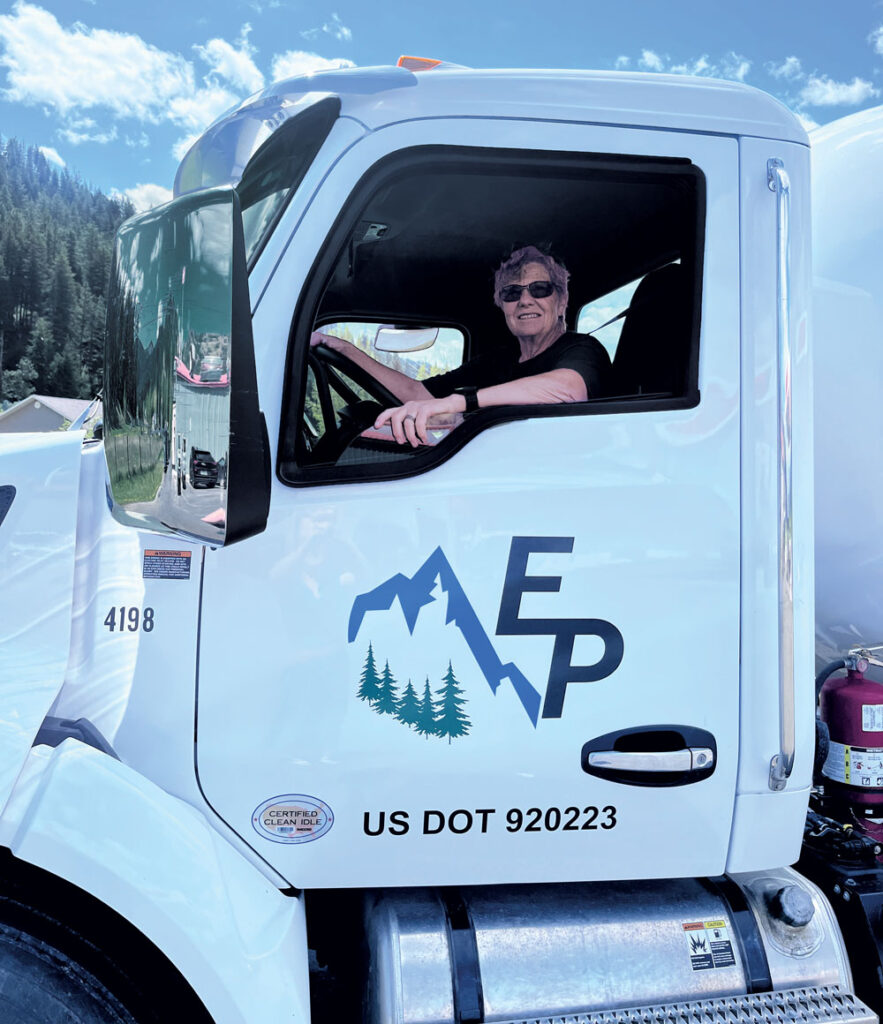
Rewards
Every driver LP Gas interviewed says that they feel pride in serving their customers and communities, and a connection to their team.
“They’re putting in extra hours to make sure that their neighbors have the propane they need [to heat and fuel their homes],” Taylor notes.
Kelly, who describes herself as a people person, says that she loves it when she brings her customers their delivery and they greet her, and that some even shoveled paths in the snow to their propane tanks.
Meanwhile, Eaker says that she enjoys pitching in when locations are short on drivers and getting to run the tandem rear axle truck.
Another advantage that propane delivery driving holds over some other truck driving jobs is, while it involves some OTR work, many drivers go home at night.
Kelly adds that another plus of the job for her is having weekends off, offering stability some other jobs don’t.
Recruiting, retention measures
Overall, our sources made these three key recommendations:
- More proactive outreach
A fundamental first step is simply encouraging women to apply.
“Some women don’t even know that they have the opportunity,” Kelly points out.
Taylor agrees, noting that the best way to close the employment gap is by getting the word out. She uses social media and job fairs.
Propane industry presence on social media has been an issue, Eaker says, though that may be changing. Her manager uses the GeneratioNext Propane Pros, like a LinkedIn for propane jobs, to connect with qualified candidates.
- Offer flexible schedules, accommodations
McLaughlin says companies can attract more women to the trucking profession by providing a flexible schedule for caregivers, a safe bathroom and personal protective equipment (like gloves and fire-retardant pants) that fits.
- Increase professional development opportunities
In addition to its on-the-job training program, Energy Partners is planning an apprenticeship program that partners with high schools, Taylor says.
“I’m looking to tell younger women that they have the opportunity to do this, too, that there is a path.”









